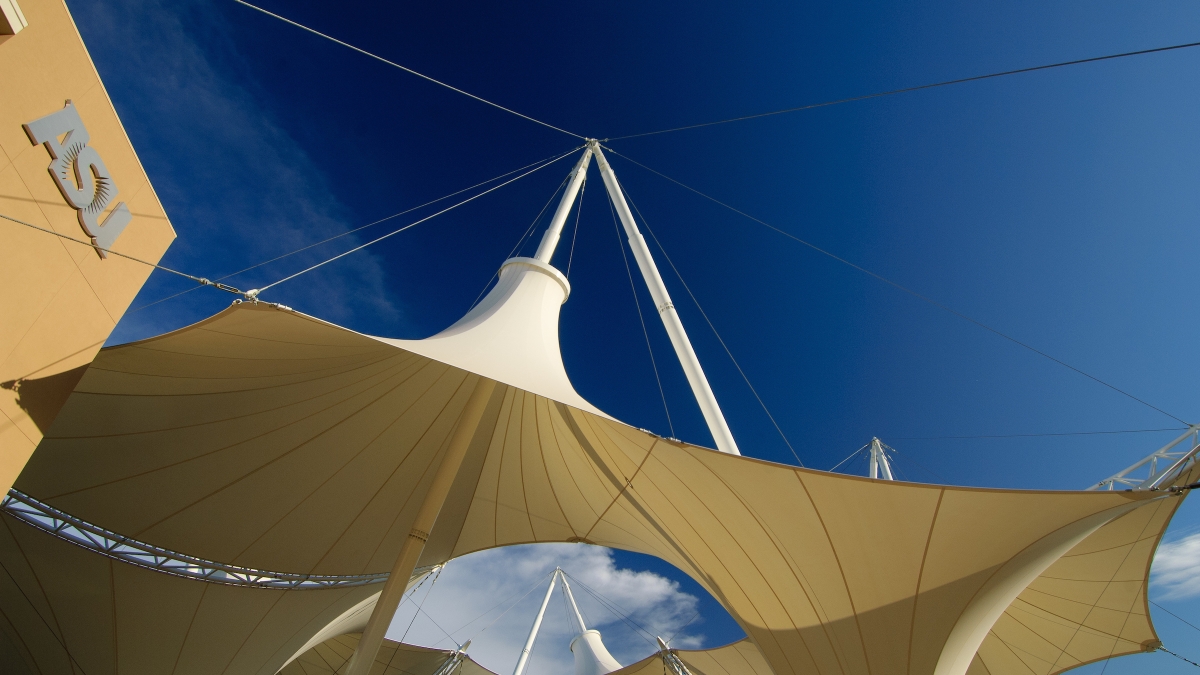Editor's note: This story is being highlighted in ASU Now's year in review. To read more top stories from 2017, click here.
Arizona State University engineer Tom Sugar’s wearable robotics enhance human performance or help people overcome disabilities. One reason they’re successful is that they work with the user, not against them.
“We watch the motion of the user and use that motion to make adjustments to exoskeletons or wearable robots or that type of thing,” Sugar said.
His method for achieving this, “Systems and Methods for Adding or Subtracting Energy to Body Motion,” is now a set of exclusive rights granted to him and the university by the U.S. government, one of 62 patents granted in 2016 to ASU.
Those 62 patents — which include ones for a gas dynamic virtual nozzle, new materials, new batteries and thin-film devices — moved ASU up eight spots to 30th place in the rankings of U.S. patents granted to universities worldwide, in news released todayThe report is based on data obtained from the U.S. Patent and Trademark Office. The National Academy of Inventors and the Intellectual Property Owners Association compile the rankings each year by calculating the number of utility patents that list a university as the first assignee. by the National Academy of Inventors and the Intellectual Property Owners Association.
ASU outpaced universities including Duke, Yale, Carnegie Mellon, Georgetown and Dartmouth.
Arizona Technology Enterprises is the intellectual property management and tech transfer organization for ASU. Simply put, it shepherds applicants through the complicated process to license ideas.
Ken Polasko, executive director of AzTE, said the university’s faculty, leadership and increase in spending are all contributing to the jump.
“There’s a number of factors that are responsible for this increase in patents and moving up in the ranking,” Polasko said. “One reason is that it’s a direct result of ASU’s faculty research and their desire to get their innovation into the marketplace. It’s really due to their work and their desire to do the additional work to file for a patent.
“The other point is this is happening because of the leadership here at ASU, all the way from President Crow to the deans and chairs. The third component in this is the growth of the ASU research enterprise. Research expenditures have increased significantly.”
The new rankings underscore the university’s efforts to ease the process for acquiring patents.
“ASU has a good process,” Sugar said. “They are encouraging faculty members to innovate. ... It’s not easy. A lot of faculty members don’t realize it’s a strenuous process.”
Applicants file a provisional patent, then work through the details. When that’s approved, they have a year to file the full application. Typically it takes two to three years to become accepted.
“You have to basically go back and forth with the patent examiner,” Sugar said. “They’re trying to decide whether the claims are valid and you’re trying to prove they are valid.”
The new rankings are a reflection of the university’s commitment to having an impact on society.
“ASU’s jump in the patent rankings shows that the innovation occurring across the university is the direct outcome of our commitment to impact,” said Sethuraman Panchanathan, executive vice president of Knowledge Enterprise Development and chief research and innovation officer at ASU. “We will continue to advance use-inspired research that positively shapes and contributes to the communities around us. It is a mission that drives and inspires us.”
Top photo: ASU's SkySong is home to Arizona Technology Enterprises, the intellectual property management and tech transfer organization for the university. Photo by Andy DeLisle
More Science and technology

ASU professor breeds new tomato variety, the 'Desert Dew'
In an era defined by climate volatility and resource scarcity, researchers are developing crops that can survive — and thrive — under pressure.One such innovation is the newly released tomato variety…

Science meets play: ASU researcher makes developmental science hands-on for families
On a Friday morning at the Edna Vihel Arts Center in Tempe, toddlers dip paint brushes into bright colors, decorating paper fish. Nearby, children chase bubbles and move to music, while…

ASU water polo player defends the goal — and our data
Marie Rudasics is the last line of defense.Six players advance across the pool with a single objective in mind: making sure that yellow hydrogrip ball finds its way into the net. Rudasics, goalkeeper…


